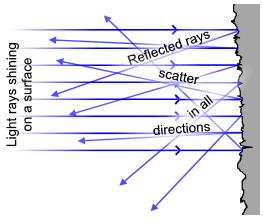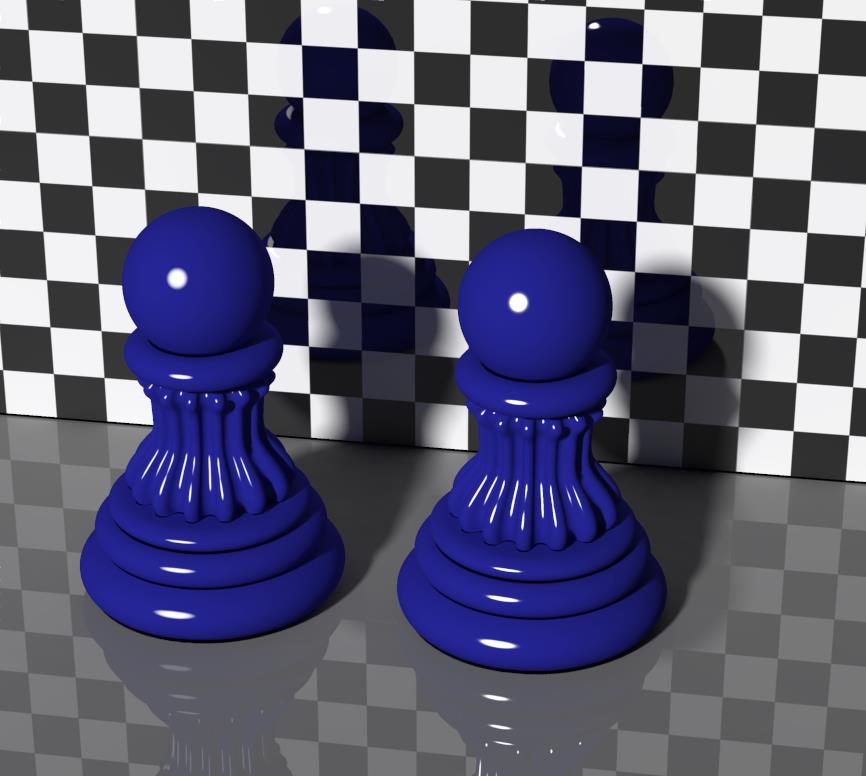Nodes are the essential building blocks in the Advanced interface to the Poser Material Room. They are the graphical representation of mathematical function calls, that is: calculation procedures which turn parameters (inputs) to a result (output).
Intermediate
 All nodes in the Specular group respond to specular light, which refers to specular light from direct (point- spot- infinite) sources only. The regular ‘specular’ node itself, either separate or embedded in the PoserSurface definition directly is fast to calculate, but falls short for a neat illusion of about any real stuff except hard plastic. And even then Poser offers an alternative: Glossy for hard, smooth surfaces.
All nodes in the Specular group respond to specular light, which refers to specular light from direct (point- spot- infinite) sources only. The regular ‘specular’ node itself, either separate or embedded in the PoserSurface definition directly is fast to calculate, but falls short for a neat illusion of about any real stuff except hard plastic. And even then Poser offers an alternative: Glossy for hard, smooth surfaces.
This is why Poser offers alternatives, like Blinn, or Anisotropic for microscopically grooved surfaces “with a direction”. Generally, Blinn is the preferred node to use, but it’s too soft for the really hard and shiny surfaces. Especially since not all hard, shiny surfaces are smooth. Some have a cellular structure, where each element is smooth and shiny, but the surface as a whole is more diffusive.
Recent Poser versions introduce the Ks-microfacet node for this. As can be seen (right pawn), the highlights are small and sharp as are those from glossy (left pawn).

So, like glossy was the improved version of Phong for hard and shiny stuff, ks microfacet seems the improved version of glossy, or the improvement over Blinn for hard and shiny stuff. What’s the difference with Glossy then?
Well, when I give the example a closer look, it shows that the glossy pawn (left) is fuzzy, blurred all over the highlight while the ks-microfacet one (right) is quite bold in the middle of the highlight, and becomes blurred at the edges only. To me, the latter has a stronger impression of smooth hard plastic or a hard blank lacquer than the first. Another difference is at the parameter values: although the highlights have about equal sizes, the glossy pawn (left) needs a roughness 0,02 (or: 2%) while the ks-microfacet one (right) needs a roughness 0,05 (5%) for it. This implies that the ks-microfacet node can represent much smoother and harder materials than the glossy node, as it has more ‘room to maneuver’ for nuances left before it reaches the ultimate 0.0 value. (At roughness <0.001 I won’t get a highlight of any size any more).